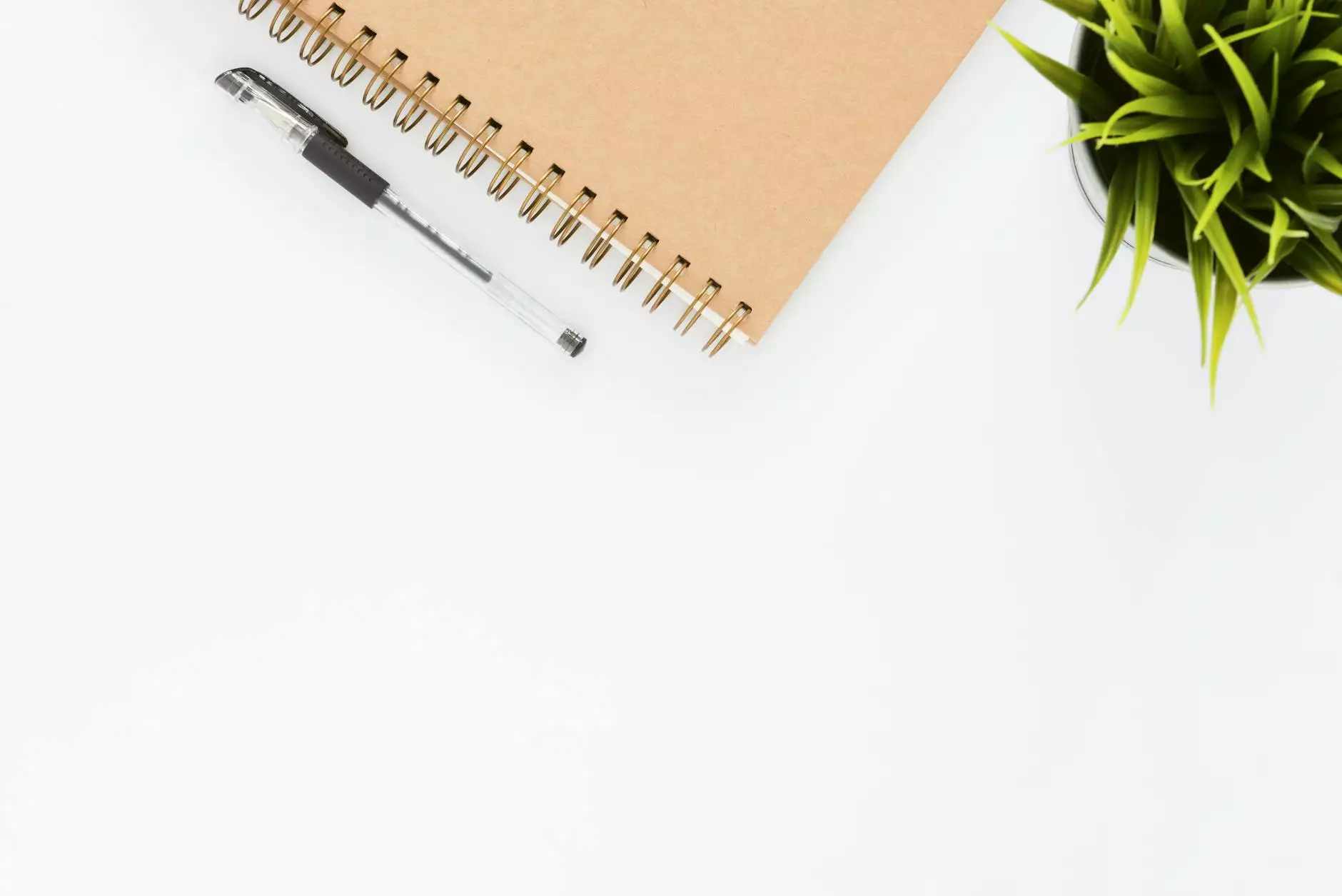Everything You Need To Know About CSS Margins
Blog
Introduction to CSS Margins
CSS Margins play a vital role in web design by providing control over the spacing between elements on a webpage. They allow designers to create visually appealing layouts and control the positioning of content. Understanding how CSS Margins work and how to use them effectively is essential for anyone involved in website development. In this comprehensive guide, we will cover everything you need to know about CSS Margins.
What are CSS Margins?
CSS Margins are properties that define the amount of space between an element's border and the surrounding elements. They allow designers to control the positioning of elements within the overall layout of a webpage. Margins can be set independently for each side of an element (top, right, bottom, and left), or they can be set collectively using shorthand notation.
Setting CSS Margins
There are various ways to set CSS Margins. The most common methods include:
- Using numerical values: Margins can be set using fixed numerical values, such as pixels or percentages.
- Using auto value: Using the value "auto" allows the browser to automatically calculate and distribute the available space evenly.
- Using shorthand notation: Shorthand notation allows you to define all four margins in a single line of code.
The Box Model and CSS Margins
Understanding the box model is crucial when working with CSS Margins. The box model describes the structure of an HTML element, including its content, padding, border, and margin. CSS Margins add space outside the border, while padding adds space inside the border. By manipulating these values, you can control the overall size and spacing of an element on the webpage.
Common CSS Margin Techniques
There are several common CSS margin techniques that can be used to achieve specific design effects:
- Creating equal spacing between elements
- Centering elements horizontally and vertically
- Creating responsive margins for different screen sizes
- Adding space around text or images
Best Practices for Using CSS Margins
To ensure optimal use of CSS Margins, consider the following best practices:
- Avoid using margins for layout purposes: Margins should primarily be used for adjusting spacing between elements, not for creating complex layouts. Use CSS Flexbox or CSS Grid for layout design.
- Keep margins consistent: Consistency in margin values helps maintain a cohesive design and makes it easier to manage spacing throughout the website.
- Optimize for responsiveness: Ensure that your margins adjust appropriately for different screen sizes, allowing your website to be properly displayed on various devices.
- Test across browsers: Different browsers may interpret margins slightly differently, so it's essential to test your website across multiple browsers to ensure consistent spacing.
Conclusion
CSS Margins are a powerful tool in web design that allows designers to finely tune the spacing and positioning of elements on a webpage. Understanding how to use CSS Margins effectively can greatly enhance the visual appeal and usability of your website. By following best practices and experimenting with different margin techniques, you can create exceptional and engaging web experiences. Remember to regularly test and optimize your margins to ensure a consistent and responsive design.










